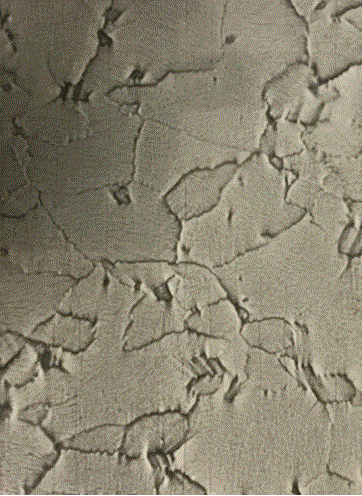+44 161 873 7334

Grain Imaging of Electrical Steel and related Materials
Grain-oriented electrical steels are widely used as core materials in stationary electrical devices such as transformers and reactors. The performance of these devices depends strongly on the magnetic properties of the electrical steel, which are closely related to the magnetic domain structure and magnetic dynamics under applied magnetic field in secondary recrystallized grains. The design of high-efficiency devices thus requires an understanding of the underlying magnetic domain structure.

The visualization of the internal magnetic domain structure and domain wall movement in grain-oriented silicon steels (Fe–3% Si) coated with an insulating surface layer is demanding; the presence of the insulating surface influences the magnetic structure, and the magnetic structure at the surface differs from that in the bulk. The simplest technique is the magnetic powder patterns obtained by the colloidal suspension of ferromagnetic particles by stray fields, but this is limited to looking at surface effects only
In most cases, for rapid diagnostics, optical techniques are used for inspecting grains in electrical steel. These are based on a form of Magnetic Particle Inspection (MPI) technique, where the material are magnetised and magnetic ink or dry particles housed in a medium are applied to the surface. Under an applied magnetic field, the particles are attracted to the grain boundaries on the surface due to flux leakage fields that are created at the defect site as a result of an interruption in the flow of current at the defect site. The magnetic particles that appear at the defect site create a visible indication of the grain in the electrical steel materials.
It is not possible to quantitatively analyse, in-situ, the grain properties of the electrical steel being inspected without specimen preparation.
AHS has developed a unique system using our highly sensitive QWHE sensors which, coupled with their large and highly linear dynamic range allows for direct magnetic imaging of the electrical steel revealing images that can be processed and analysed in real time.
The two images are identical but the second one does not need any specimen preparation and, importantly, gives a direct digital image of the magnetic fields being measured.



